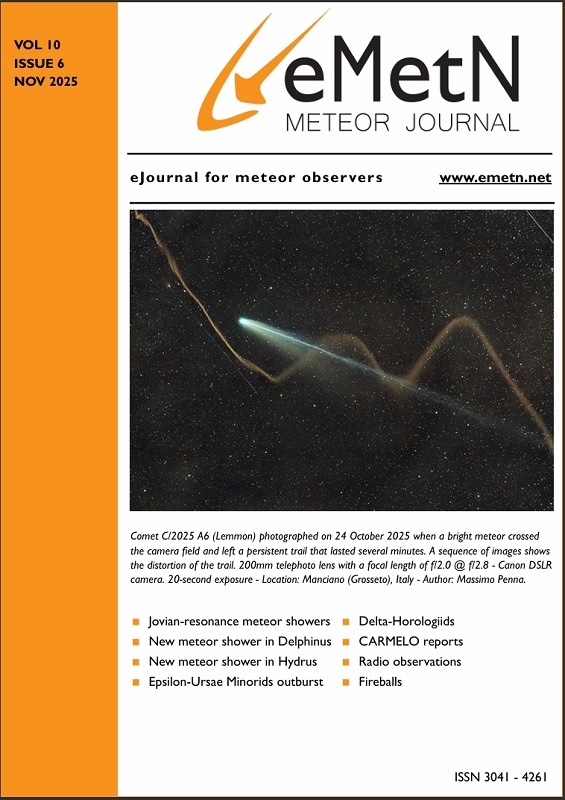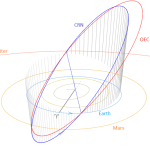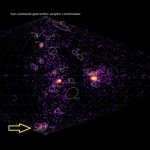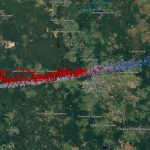Meteor Activity Outlook for 17-23 February 2018
During this period the moon will reach its first quarter phase on Friday February 23rd. At that time the moon will lie 90 degrees east of the sun and will set near 0100 local standard time (LST). This weekend the waxing crescent moon will lie low in the western sky at dusk and will not interfere with meteor observing.
Read More





